Golden Horn Istanbul
Table of Contents
-
Introduction to the Golden Horn Istanbul
-
Historical Significance of the Golden Horn
-
What is the Golden Horn in Istanbul?
-
Geographical Features of the Golden Horn
-
Where is the Golden Horn River located?
-
Navigating the Golden Horn: Historical and Modern Perspectives
-
How can you explore the Golden Horn on foot?
-
What are the best views of the Golden Horn in Istanbul?
-
What is the Golden Horn Chain and its importance?
-
How did the Golden Horn shape the history of Constantinople?
-
What are the key landmarks around the Golden Horn in Istanbul?
1. Introduction to the Golden Horn Istanbul
The Golden Horn, known as Haliç in Turkish, is a natural harbor situated in Istanbul, Turkey. This crescent-shaped inlet is a prominent geographical feature of the city, creating a picturesque and strategic waterfront. It has played a significant role throughout Istanbul’s history, particularly during the Byzantine and Ottoman empires. The Golden Horn separates the old city of Istanbul from the more modern districts and offers a unique blend of historical and contemporary Istanbul. Its waters have witnessed centuries of change and development, making it a key landmark for both locals and tourists.
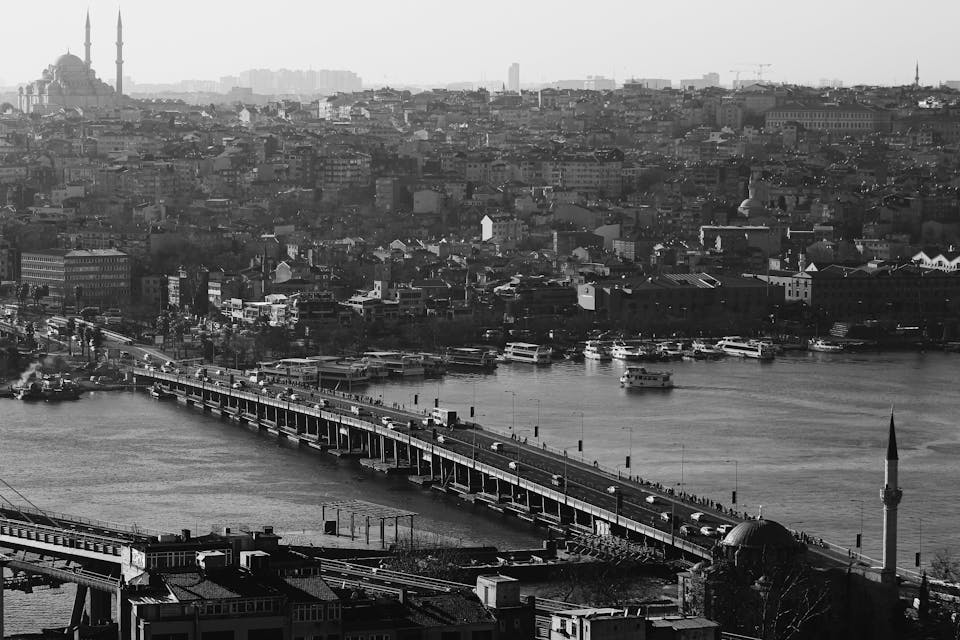
2. Historical Significance of the Golden Horn
The Golden Horn's strategic location made it a vital asset throughout Istanbul’s history. During the Byzantine Empire, it was a critical part of the city’s defenses and trade routes. The harbor's natural protection made it a safe haven for ships and a central point for commerce. The Golden Horn continued to play a significant role during the Ottoman period, serving as a major trading hub and a crucial defensive position against naval attacks.
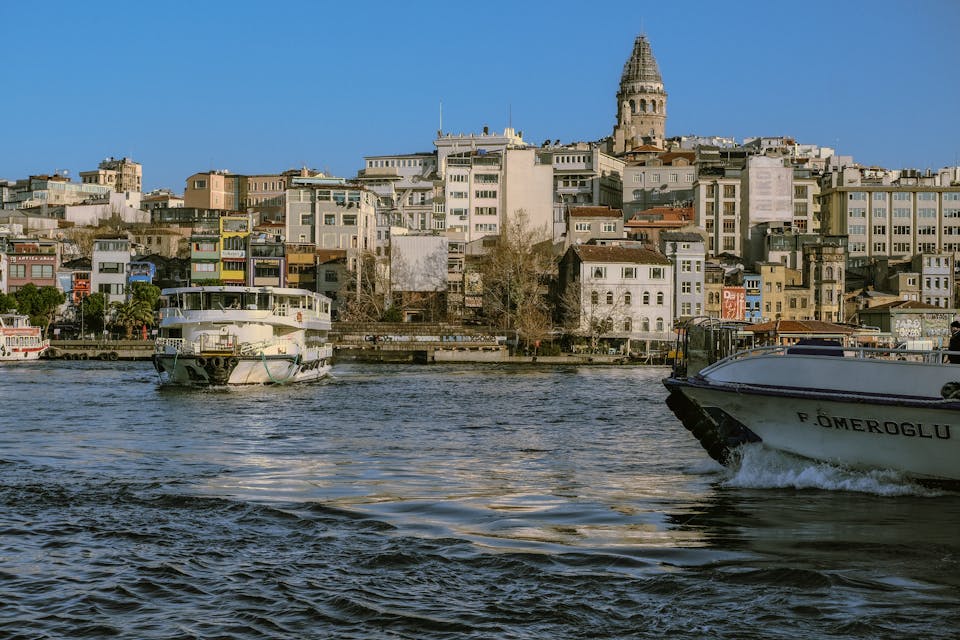
3. What is the Golden Horn in Istanbul?
The Golden Horn is an estuarine bay on the northern side of the Bosphorus Strait, which forms the natural harbor of Istanbul. It extends approximately 7.5 kilometers (4.7 miles) and is flanked by the historical peninsula of Istanbul to the south. The inlet’s name is derived from its golden hue, which is a result of the reflection of sunlight on its calm waters. Historically, it has been a vital part of Istanbul's trade and defense, offering a sheltered anchorage for ships and playing a key role in the city’s growth and prosperity.

4. Geographical Features of the Golden Horn
The Golden Horn is distinguished by its unique crescent shape and sheltered waters. Its strategic position allows it to act as a natural barrier between the old city and the newer districts. The inlet is bordered by several key neighborhoods and landmarks, which contribute to its charm and historical significance. The surrounding areas include residential neighborhoods, historic sites, and cultural attractions that provide a diverse experience for visitors.
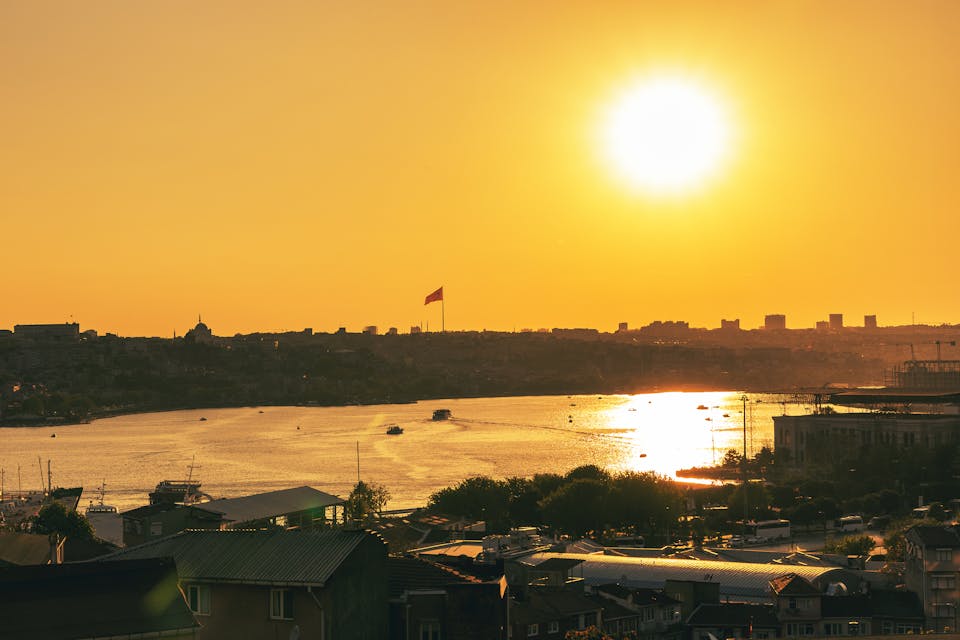
5. Where is the Golden Horn River located?
The Golden Horn River, often referred to simply as the Golden Horn, is not a river but a natural harbor and inlet. It is located on the northern side of Istanbul's historical peninsula, separating the old city from the newer districts. It flows into the Bosphorus Strait, connecting the Mediterranean Sea to the Black Sea. The harbor begins near the Golden Horn Bridge and stretches inland, providing a scenic and strategic location that has been central to Istanbul’s development over centuries.
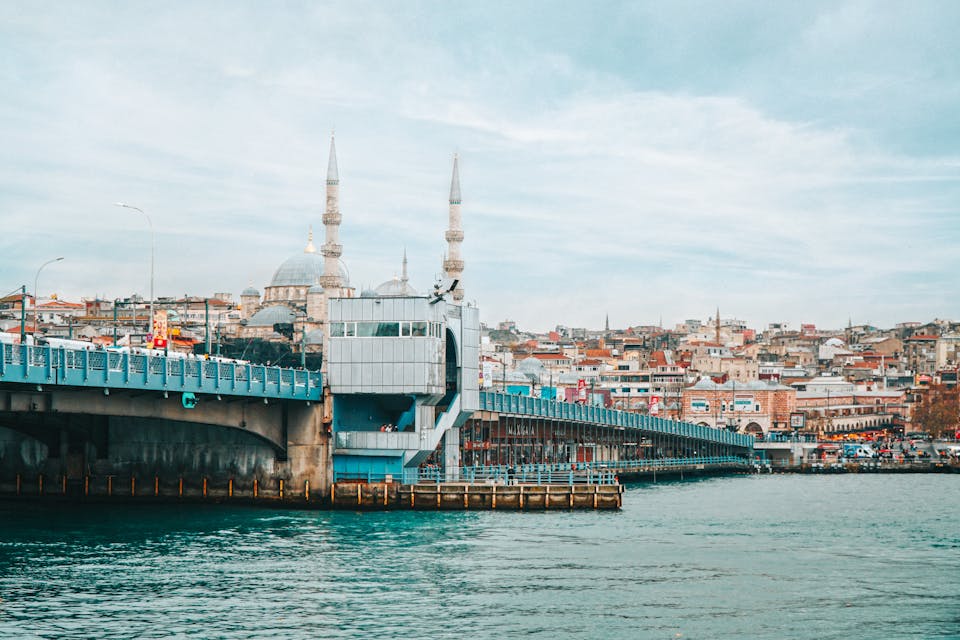
6. Navigating the Golden Horn: Historical and Modern Perspectives
The Golden Horn's location has made it a focal point for both historical and modern navigation. Historically, it served as a major trade route and defensive position. Today, it remains an important part of Istanbul’s maritime activities, with ferries, fishing boats, and pleasure crafts navigating its waters. The integration of historical significance with contemporary use adds to the Golden Horn’s unique character.
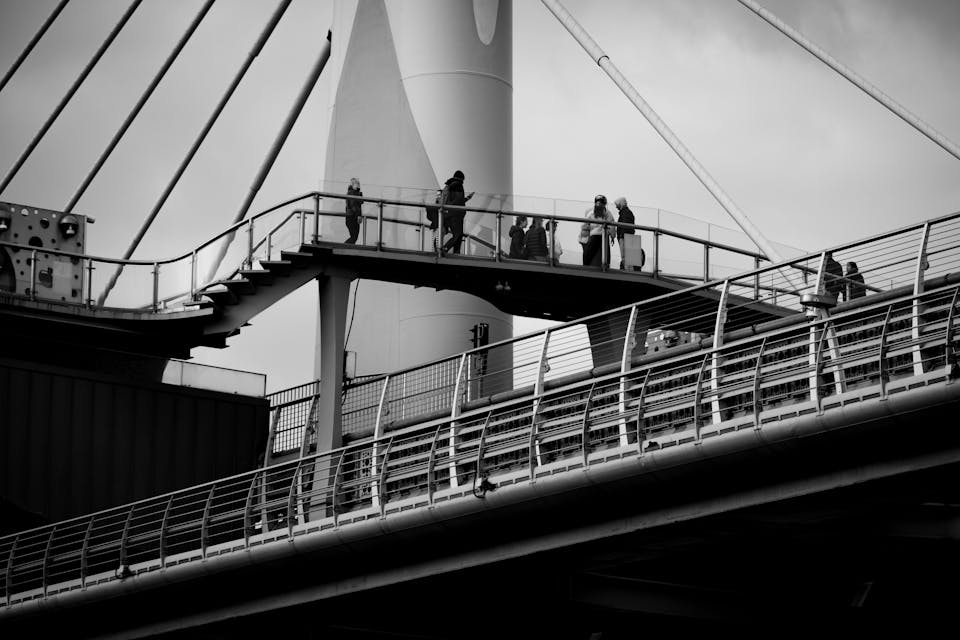
Exploring the Golden Horn on foot offers a rich and immersive experience, showcasing some of Istanbul's most iconic views and historic landmarks. Start your journey at the Galata Bridge, which spans the Golden Horn and provides fantastic views of the city’s skyline. Walk along the Golden Horn promenade, a scenic pathway that extends from the bridge to Pierre Loti Hill, offering panoramic views of the bay and the city. You can also explore the vibrant neighborhoods of Fener and Balat, known for their colorful houses, historic churches, and traditional markets. Each of these areas provides a glimpse into Istanbul's diverse culture and history.
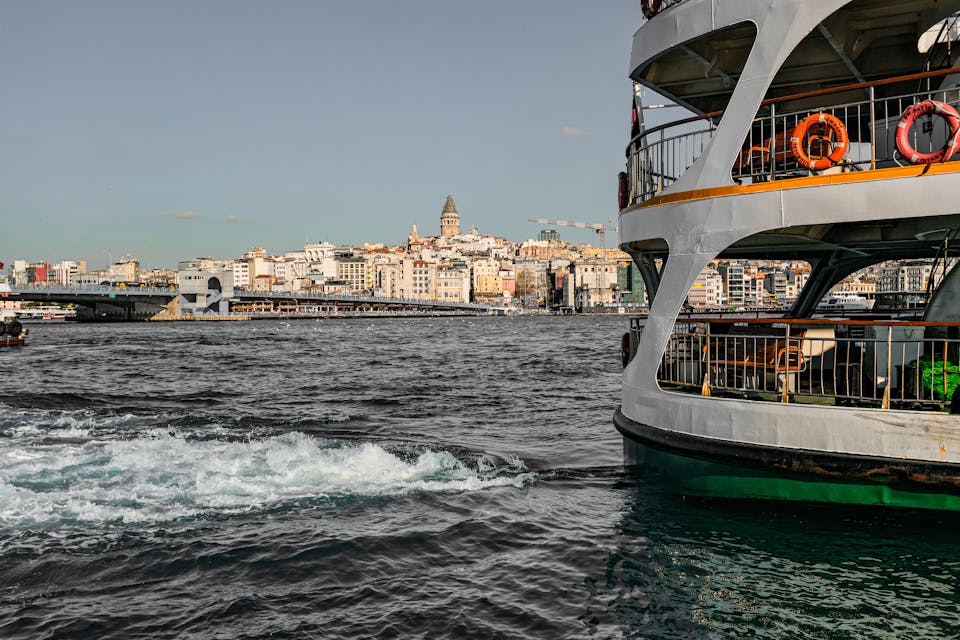
Key Walking Routes and Attractions
-
Galata Bridge: A bustling spot connecting different parts of the city and offering excellent views.
-
Golden Horn Promenade: A picturesque route perfect for leisurely strolls and scenic views.
-
Pierre Loti Hill: A popular spot for breathtaking vistas and a relaxing atmosphere.
-
Fener and Balat: Vibrant neighborhoods rich in history and culture, ideal for exploration on foot.
8. What are the best views of the Golden Horn in Istanbul?
For some of the best views of the Golden Horn, consider visiting Pierre Loti Hill. This spot offers a panoramic vista of the bay and the city, particularly stunning at sunset. Another excellent viewpoint is from the Galata Tower, which provides a sweeping view of the Golden Horn and its surroundings. The Atatürk Bridge and Galata Bridge also offer great vantage points, where you can watch the bustling activity of boats and ferries navigating the harbor. For a different perspective, the Eyüp Sultan Mosque area provides beautiful views over the Golden Horn and its historical surroundings.
Best Viewpoints and Scenic Spots
-
Pierre Loti Hill: Ideal for panoramic views and sunsets.
-
Galata Tower: Offers a comprehensive view of the Golden Horn and the city.
-
Atatürk Bridge: A great spot to watch maritime activity and enjoy the scenery.
-
Eyüp Sultan Mosque: Provides beautiful views of the Golden Horn and its surroundings.
9. What is the Golden Horn Chain and its importance?
The Golden Horn Chain, or Chains of the Golden Horn, was a massive chain stretched across the entrance of the Golden Horn during the Byzantine Empire. This chain served as a defensive measure to protect the harbor from enemy ships and invasions. It could be raised or lowered to block access to the inlet, making it a crucial element in the city’s maritime defense system. The chain's importance was especially evident during the siege of Constantinople in 1204 and 1453, where its presence played a key role in controlling access to the harbor.
Defensive Role and Historical Context
The Golden Horn Chain was a key defensive feature that protected the city from naval threats. During sieges, such as those in 1204 and 1453, the chain was pivotal in controlling the flow of enemy ships. Its strategic placement and functionality highlight the advanced engineering and military tactics employed by the Byzantines to safeguard their city.
10. How did the Golden Horn shape the history of Constantinople?
The Golden Horn was central to the history of Constantinople, now Istanbul, due to its strategic and economic significance. Its sheltered waters provided a safe harbor for ships, facilitating trade and commerce. During the Byzantine Empire, the harbor was a vital asset for controlling maritime traffic and defending the city. The Golden Horn also played a pivotal role in several sieges, including the famous siege of 1453, when the Ottoman forces overcame the city’s defenses. Its location and resources made it a cornerstone of Constantinople’s prosperity and military strategy, influencing the city’s development and historical trajectory.
Economic and Strategic Impact
The Golden Horn’s sheltered waters were crucial for trade and defense. Its strategic location facilitated commerce and allowed for the safe docking of ships, which contributed to the city’s wealth. The harbor also played a significant role in military strategies, influencing various historical events and shaping the city’s development.
11. What are the key landmarks around the Golden Horn in Istanbul?
Around the Golden Horn, you’ll find several key landmarks that reflect Istanbul’s rich history and cultural heritage:
-
Galata Tower: A historic tower offering panoramic views of the Golden Horn and the city.
-
Pierre Loti Hill: A popular viewpoint providing stunning vistas of the bay.
-
Eyüp Sultan Mosque: A significant mosque located in the Eyüp district, with views of the Golden Horn.
-
Fener and Balat Districts: These neighborhoods are known for their historical architecture, vibrant colors, and cultural heritage.
-
Galata Bridge: Connecting the old city with the newer areas, this bridge is a bustling spot with great views of the Golden Horn.
-
Atatürk Bridge: Another bridge offering views of the Golden Horn and its maritime activity.
Cultural and Historical Highlights
These landmarks provide a mix of historical, cultural, and scenic experiences:
-
Galata Tower: A symbol of Istanbul with its rich history and panoramic views.
-
Pierre Loti Hill: Known for its serene atmosphere and spectacular views.
-
Eyüp Sultan Mosque: A major religious site with historical significance.
-
Fener and Balat Districts: Rich in cultural heritage and vibrant local life.
-
Galata Bridge: A hub of activity with historical and contemporary significance.
-
Atatürk Bridge: Offers a view of the modern and traditional aspects of the city.